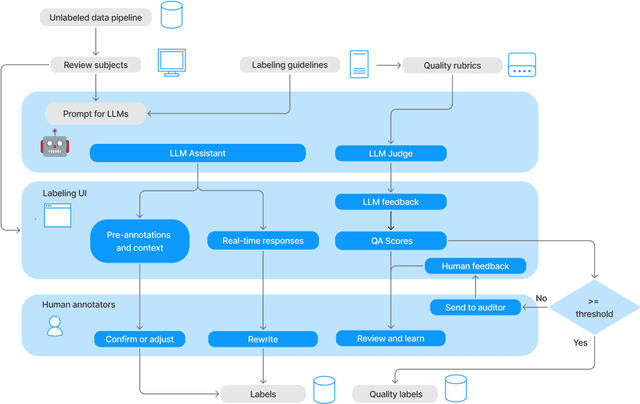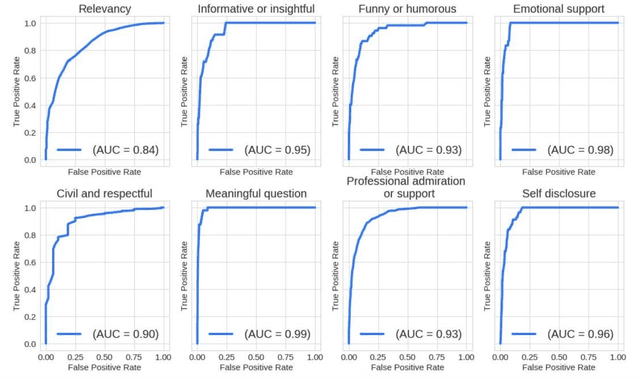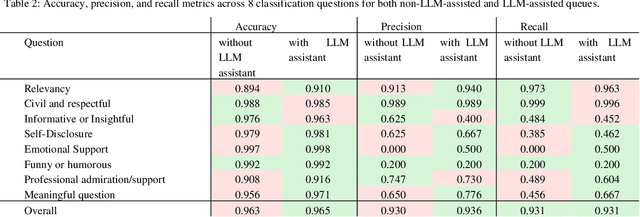Pranay Shah
Model-in-the-Loop (MILO): Accelerating Multimodal AI Data Annotation with LLMs
Sep 16, 2024



Abstract:The growing demand for AI training data has transformed data annotation into a global industry, but traditional approaches relying on human annotators are often time-consuming, labor-intensive, and prone to inconsistent quality. We propose the Model-in-the-Loop (MILO) framework, which integrates AI/ML models into the annotation process. Our research introduces a collaborative paradigm that leverages the strengths of both professional human annotators and large language models (LLMs). By employing LLMs as pre-annotation and real-time assistants, and judges on annotator responses, MILO enables effective interaction patterns between human annotators and LLMs. Three empirical studies on multimodal data annotation demonstrate MILO's efficacy in reducing handling time, improving data quality, and enhancing annotator experiences. We also introduce quality rubrics for flexible evaluation and fine-grained feedback on open-ended annotations. The MILO framework has implications for accelerating AI/ML development, reducing reliance on human annotation alone, and promoting better alignment between human and machine values.
Propagating Variational Model Uncertainty for Bioacoustic Call Label Smoothing
Oct 19, 2022



Abstract:We focus on using the predictive uncertainty signal calculated by Bayesian neural networks to guide learning in the self-same task the model is being trained on. Not opting for costly Monte Carlo sampling of weights, we propagate the approximate hidden variance in an end-to-end manner, throughout a variational Bayesian adaptation of a ResNet with attention and squeeze-and-excitation blocks, in order to identify data samples that should contribute less into the loss value calculation. We, thus, propose uncertainty-aware, data-specific label smoothing, where the smoothing probability is dependent on this epistemic uncertainty. We show that, through the explicit usage of the epistemic uncertainty in the loss calculation, the variational model is led to improved predictive and calibration performance. This core machine learning methodology is exemplified at wildlife call detection, from audio recordings made via passive acoustic monitoring equipment in the animals' natural habitats, with the future goal of automating large scale annotation in a trustworthy manner.
 Add to Chrome
Add to Chrome Add to Firefox
Add to Firefox Add to Edge
Add to Edge